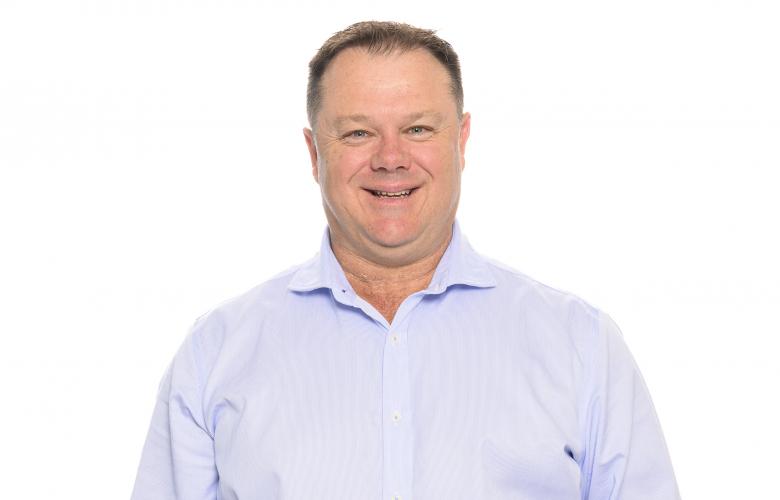Active investments expected to be the most sought after assets for the remainder of 2023
Contact
Active investments expected to be the most sought after assets for the remainder of 2023
In this market, where lending costs have risen, industrial property buyers have increasingly been focused on acquiring core-plus investments, and we expect these will remain the most sought-after assets at least for the rest of 2023 in the mid-tier market.
In this market, where lending costs have risen, industrial property buyers have increasingly been focused on acquiring core-plus investments, and we expect these will remain the most sought-after assets at least for the rest of 2023 in the mid-tier market.
In the industrial sector ‘core-plus’ refers to secondary product or brownfield sites. That is, those that have been previously built on, with existing improvements, but are underutilised and have value-adding potential with the opportunity to reposition including through refurbishment, development or even a re-letting strategy. This contrasts greenfield sites that are yet to be developed or prime-grade, institutional stock that is new or as new.
Core-plus investments are established industrial buildings in established areas, and are dated but have some life left in them.
They are usually are offered to the market with a short-term leaseback that is an attractive proposition for both the vendor and buyers. Buyers appreciate that the asset has a guaranteed secure income post purchase for some time as it allows time to plan and secure development approval. For vendors – usually mid-tier corporate owner-occupiers that have owned the asset for a long time - it allows adequate time to find a new space that better suits their needs, with greater efficiencies, to rent so they can then use the cash to inject into their business. The deal is a good marriage between the two parties.
The sweet spot for a leaseback seems to be one to two years maximum with no options; if it extends beyond that it becomes less attractive as it makes it more difficult for both parties to plan ahead.
The beauty of core-plus investments – and the reason why they are so sought after amongst buyers right now – is that they are more attractive from a financing point of view in the current higher-interest rate environment, so it’s easier to secure funding.
Having an unrealised opportunity for improvement provides for a more attractive Internal Rate of Return (IRR) required for financing.
The only way you can get a double-digit IRR now – of around 10 to 12 per cent - is through a value-add opportunity. In some markets you can simply buy an investment and let the rental growth and yield compression achieve the desired IRR, but in this market you can’t reach a high IRR through having a passive, long let, long WALE investment. While industrial rents are still rising, their growth rate is unlikely to be sustained, which has seen yields soften.
Instead, investors need to find opportunities for core-plus properties that they can actively manage to achieve their desired IRR.
Core-plus assets can be found in any established industrial market. Many buildings that were constructed in the 1980s, particularly with technological advancements, have now reached functional obsolescence.
The middle-tier market is where the sales of core-plus assets are taking place, between $15 million and $100 million – again, a price range more palatable for financiers right now.
The best opportunities in Sydney are in the known industrial precincts adjoining the motorways. For example, we are selling an asset on behalf of Ricky Richards Australia for about $25 million at 16 Park Rd, Homebush West. This 10,400sq m land holding is trading to an owner occupier who plans to erect a new food production and distribution facility on the site. Ricky Richards will lease the site back for about 12 months, providing them time to transition into a new site whilst this allows the purchaser time to lodge a DA and arrange the build. In this case the occupier had to compete with the core-plus buyers, creating healthy competition.
While the expectation is that core-plus assets will be the most sought-after asset in the mid-tier market for the remainder of 2023, it’s undeniable that there is still a huge requirement from institutions for developable land. As a general rule of thumb, institutions wish to have around 15% of their book as development stock, so for many, they aim to build 200,000sq m every year, which means they need at least 40 hectares shovel-ready of land, and we know this is a complex undertaking due to the lack of serviced land.
By Angus Klem, Knight Frank.






